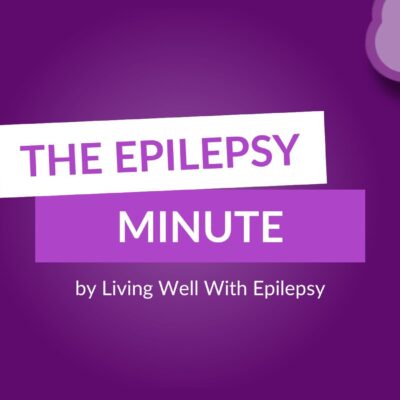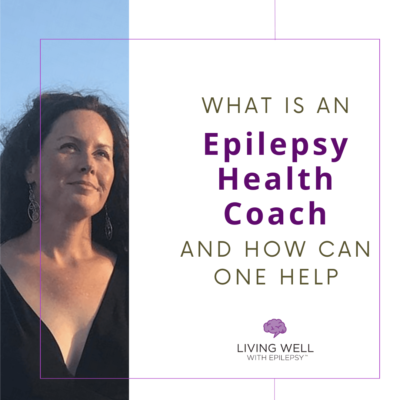Last year I ran a story titled, the squeaky wheel gets the research dollars. I was trying to determine where all that research money goes when it doesn’t go toward epilepsy. After reviewing last year’s data it became clear that research money allocation doesn’t have much to do with the prevalence of a disorder, or even the mortality statistics, it is based heavily on who has the loudest voice when it comes time to ask for money.
NIH Data
The NIH releases a report each February which provides detailed information on which diseases and conditions would receive how many millions of dollars in research funding. This information is available to the public and easily searched.
You can check out the full report here or you can take a look at the excerpted information below. As I did last year, I’ve pulled together information on research dollars allocated, prevalence, and new cases below so you can see the comparison to epilepsy.
2011 Numbers
Research dollars in millions
Epilepsy
Estimated in 2011: $134
Estimated in 2012: $137
Prevalence: 3 million in US (50 million worldwide)
New Cases: 200,000 new cases each year in US
Deaths: 45,000 in US each year
Breast Cancer
Estimated in 2011: $763
Estimated in 2012: $778
Prevalence: 2.6 million in US
New Cases: 200,000 new cases
Deaths: 45,000 in US each year
Autism
Estimated in 2011: $160
Estimated in 2012: $163
Prevalence: 1 in 110 children age 8 (no total number has been confirmed)
New Cases: 40,000 new cases each year in US
Stroke
Estimated in 2011: $337
Estimated in 2012: $343
Prevalence: 5.8 million in US
New Cases: 500,000 new cases each year in US
Alzheimers
Estimated in 2011: $450
Estimated in 2012: $458
Prevalence: 5.3 million in US
New Cases: 500,000 new cases each year in US
The time is now
Last year I noted that it’s time to allocate some time, effort and dollars toward epilepsy. Well, yes, but that will never happen until we get out there and start banging the drum that the research is needed. We can’t hide behind stigma any longer if we ever expect the research dollars to increase. So get out and participate. The time is now.
Sources for prevalence information: NINDS, CDC, NIH
Source for funding information: NIH Estimates of Funding for Various Research, Condition, and Disease Categories (RCDC) published February 14, 2011.










Show Me Mama
I am your new follower. You can visit me at http://showmemama.com. Make sure you leave a comment so I know you visited.
Kristin Maples
LOVE your stats. I'm on the committee for the 5th annual KC walk coming up and I'm doing everything I can to raise money here in the KS/MO. Thank you for doing your part to BANG the drum!!!
Thomas P. Davies
As always, Jessica, you are on target with your remarks and data. As a country we should be ashamed that we care so little for the epilepsy sector of our population. Alcoholism, HIV, STD, and some other “diseases” are possible a choice of lifestyle. Epilepsy is not. Keep up the great work. Best Tom Davies